Poaching is an illegal activity that has long plagued the conservation efforts of wildlife across the globe. Among its many victims are the majestic big cats, such as lions, tigers, and leopards, which are often targeted for their fur, bones, and other body parts that are highly valued in illegal markets. Beyond the obvious ecological and moral implications, poaching has profound impacts on local economies in regions where these big cats reside. This article delves into how poaching affects these local economies and the ripple effects it creates in communities closely tied to both conservation and tourism.
Understanding Poaching
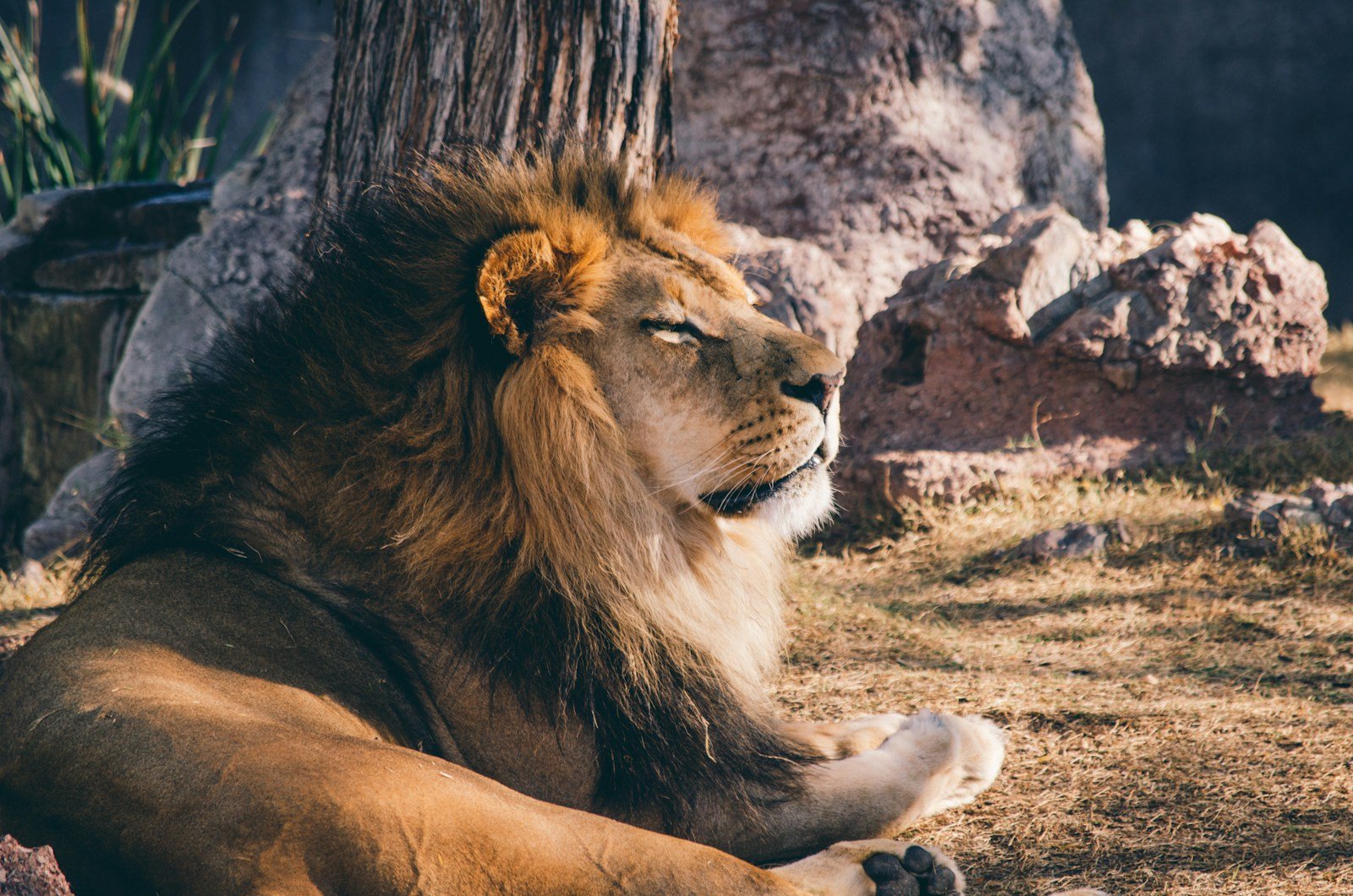
To comprehend the economic impact, it is essential to first understand what poaching entails. Poaching is the illegal hunting, capturing, or killing of wildlife, often driven by the demand for lucrative wildlife products such as skins, bones, and organs. Despite being prohibited worldwide, poaching continues to thrive due to weak enforcement, poverty, and international demand for exotic animal parts.
The Role of Big Cats in Ecosystems
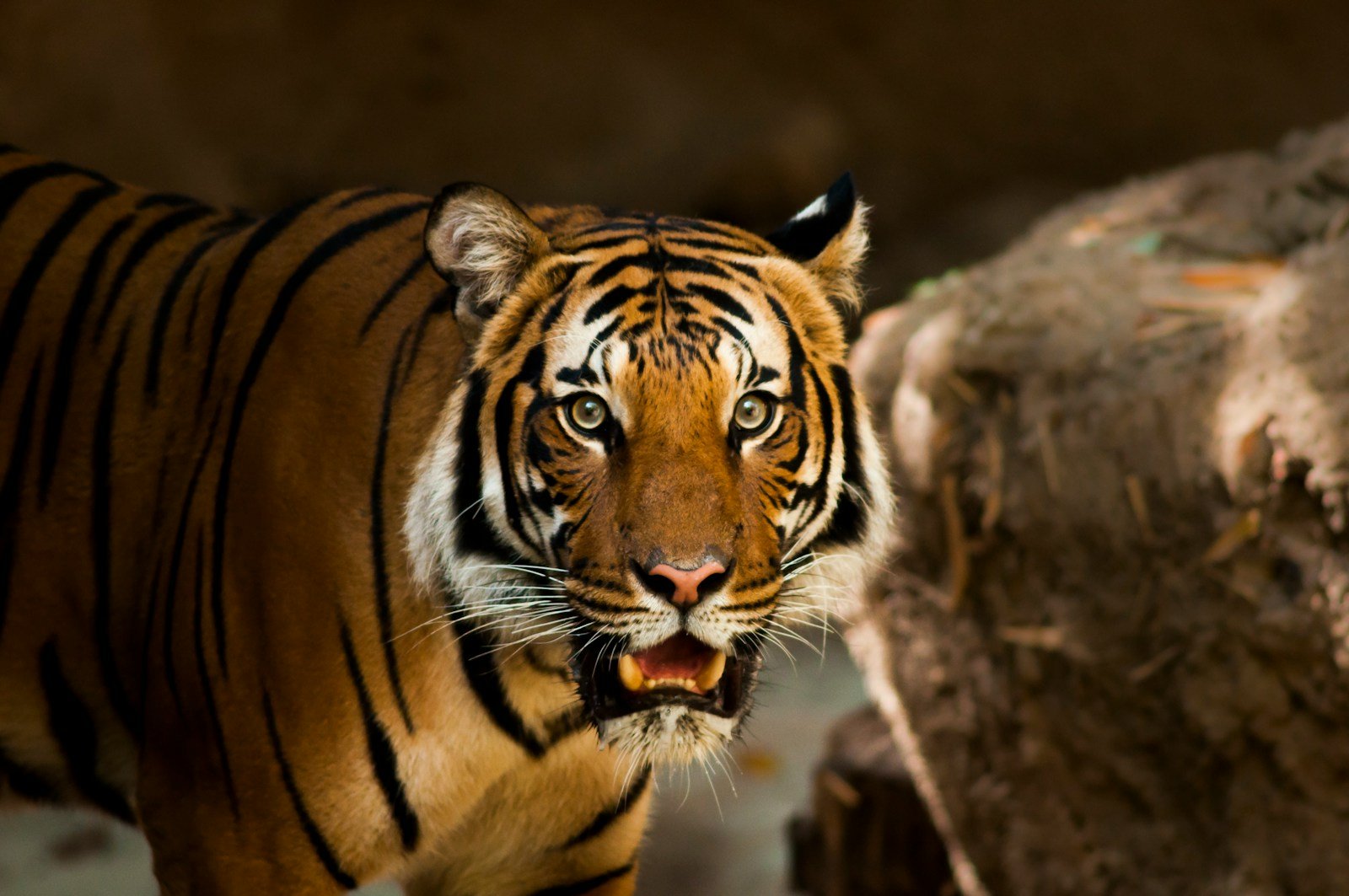
Big cats, such as tigers and lions, are apex predators, meaning they sit at the top of the food chain. They play a critical role in maintaining the balance of their ecosystems by controlling the populations of other species. This natural regulation is vital for preserving biodiversity, and any disruption in their populations can have cascading effects on the environment, which indirectly affects the economic stability of regions depending on these ecosystems.
The Economic Contribution of Big Cats
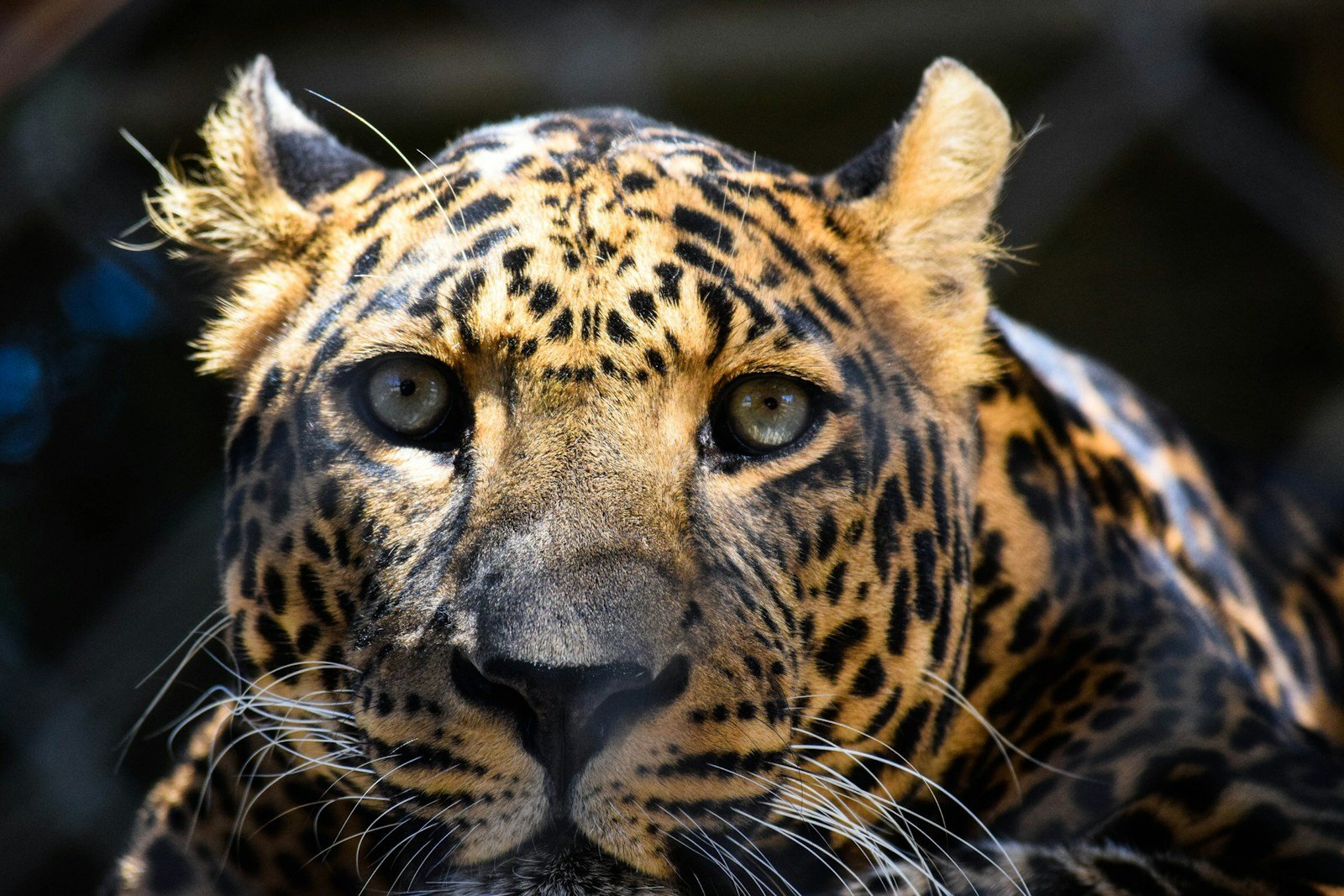
Big cats are not just ecological assets; they are economic ones too. They draw tourists from all around the world, fostering a significant source of revenue for local communities. Wildlife tourism is a multi-billion-dollar industry, with big cats frequently at the center of this attraction. Safari tours, conservation-centric vacations, and educational expeditions all contribute considerably to the local economies.
Impact on Wildlife Tourism
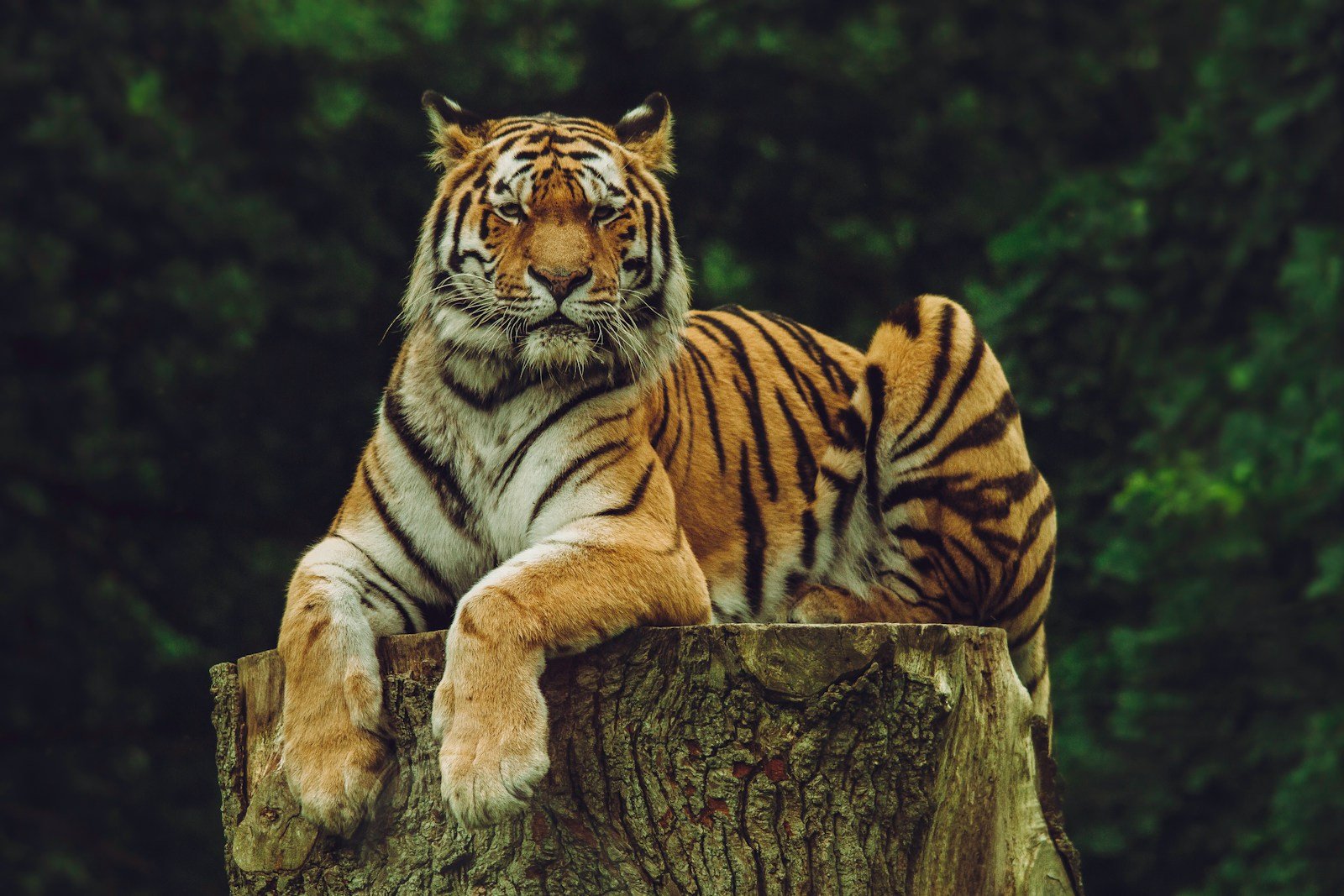
Wildlife tourism is often the backbone of the economies in areas inhabited by big cats. Poaching undermines this sector by depleting the very resource that tourists come to see. A decline in big cat populations leads to a decrease in tourists, which further translates into a loss of income for businesses that rely on tourism, including hotels, restaurants, and tour operators.
Job Losses and Economic Strain
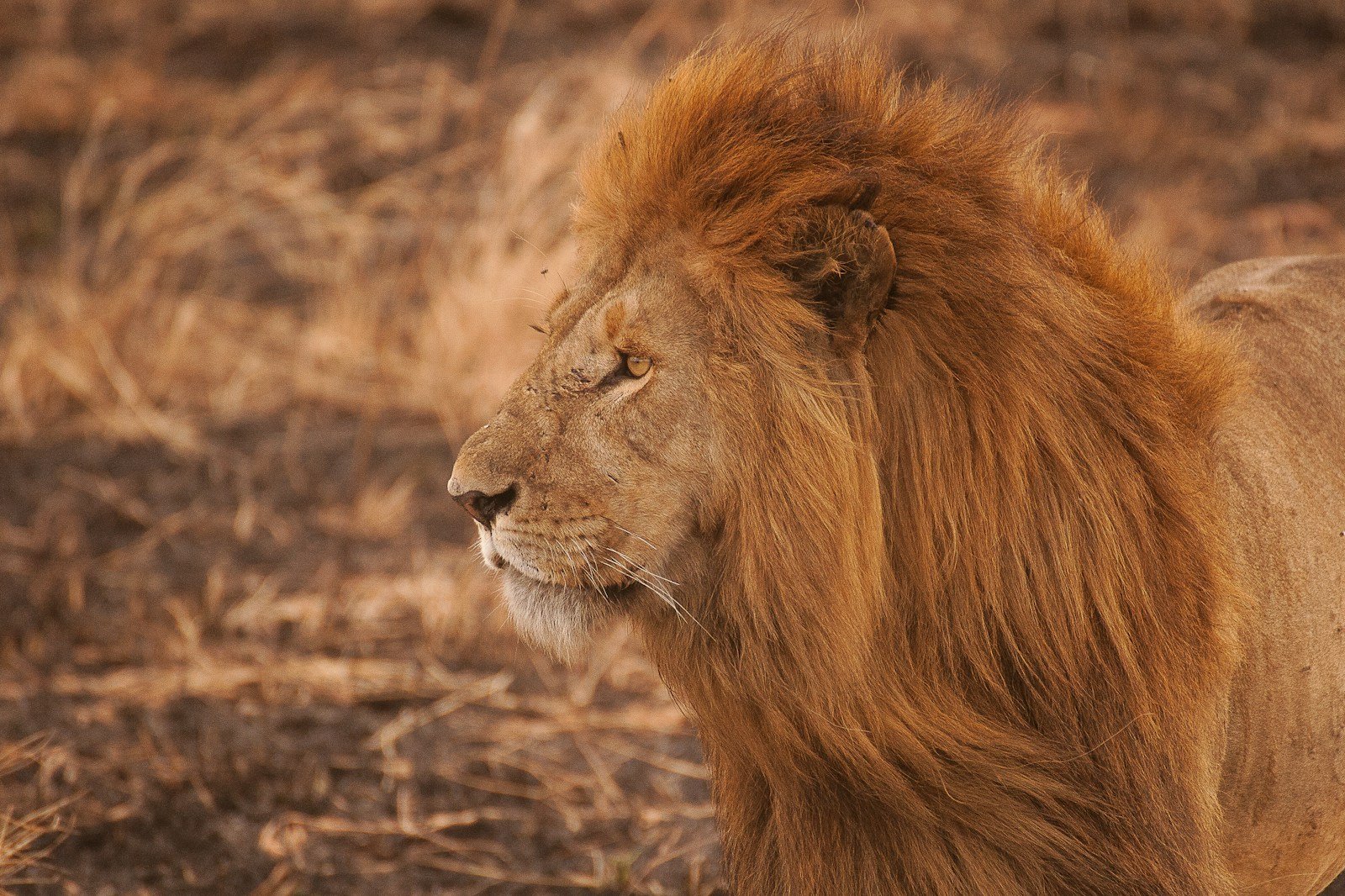
With a reduction in tourism comes inevitable job losses. Tour guides, conservation workers, hospitality staff, and many others find themselves out of work in areas affected by poaching. This loss of livelihood can push families into poverty, exacerbating socio-economic issues. The strain on local economies can be devastating, leading to increased reliance on external aid and charity.
Impacts on Community Development
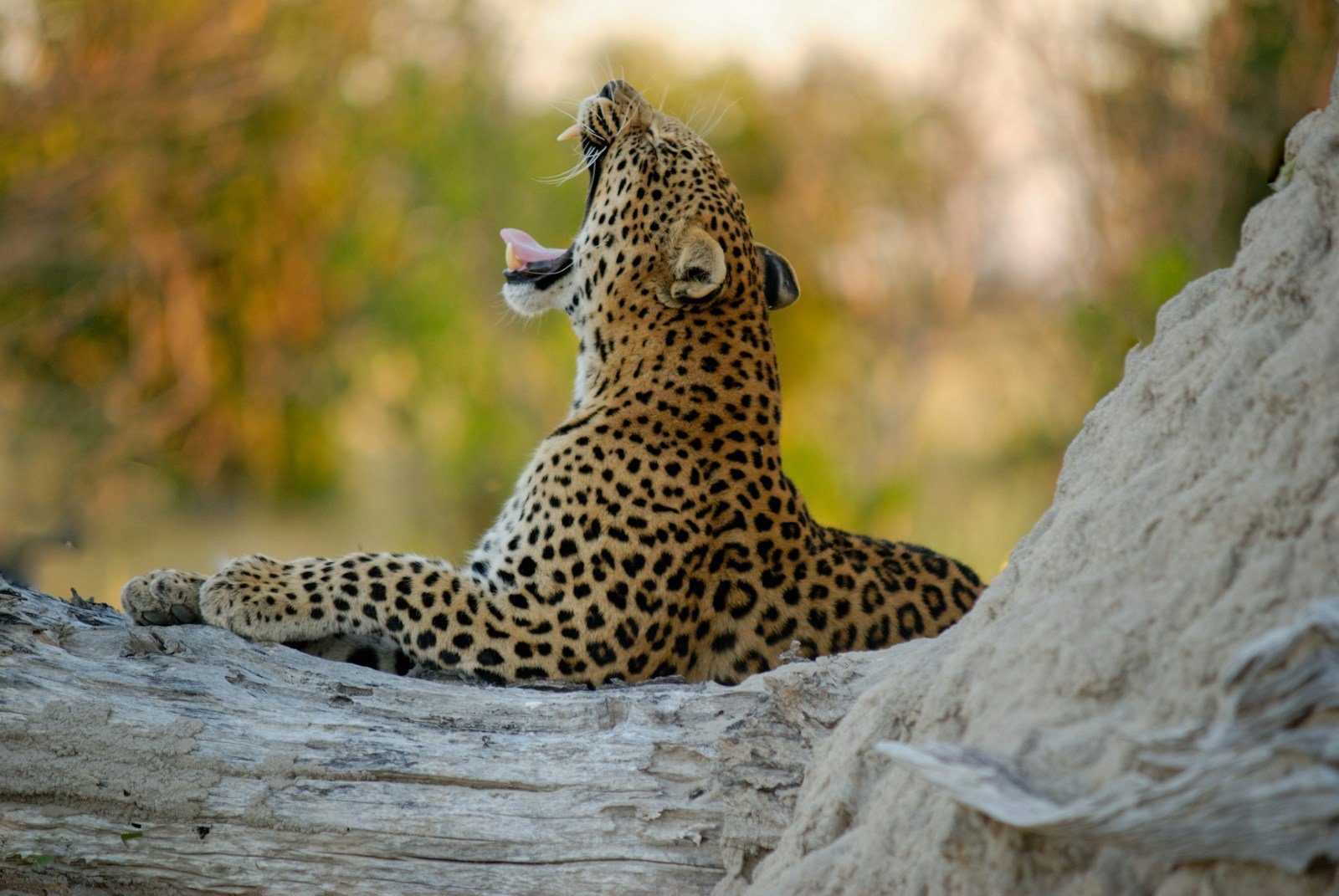
Communities that depend on big cat-related tourism also suffer in terms of development. The revenue generated by tourism often funds local infrastructure projects, education, and healthcare. When poaching undermines tourism, the resulting drop in revenue can halt development projects, leaving communities without essential services or improvements.
Conservation Costs and Funding

When poaching rates rise, there is a direct increase in the costs associated with conservation efforts. More funds are needed for patrolling, surveillance, and anti-poaching initiatives. While conservation is essential, it diverts financial resources away from potentially profitable sectors that could help boost the local economy. This reallocation of funds can further strain economic resources.
The Impact of Illegal Wildlife Trade
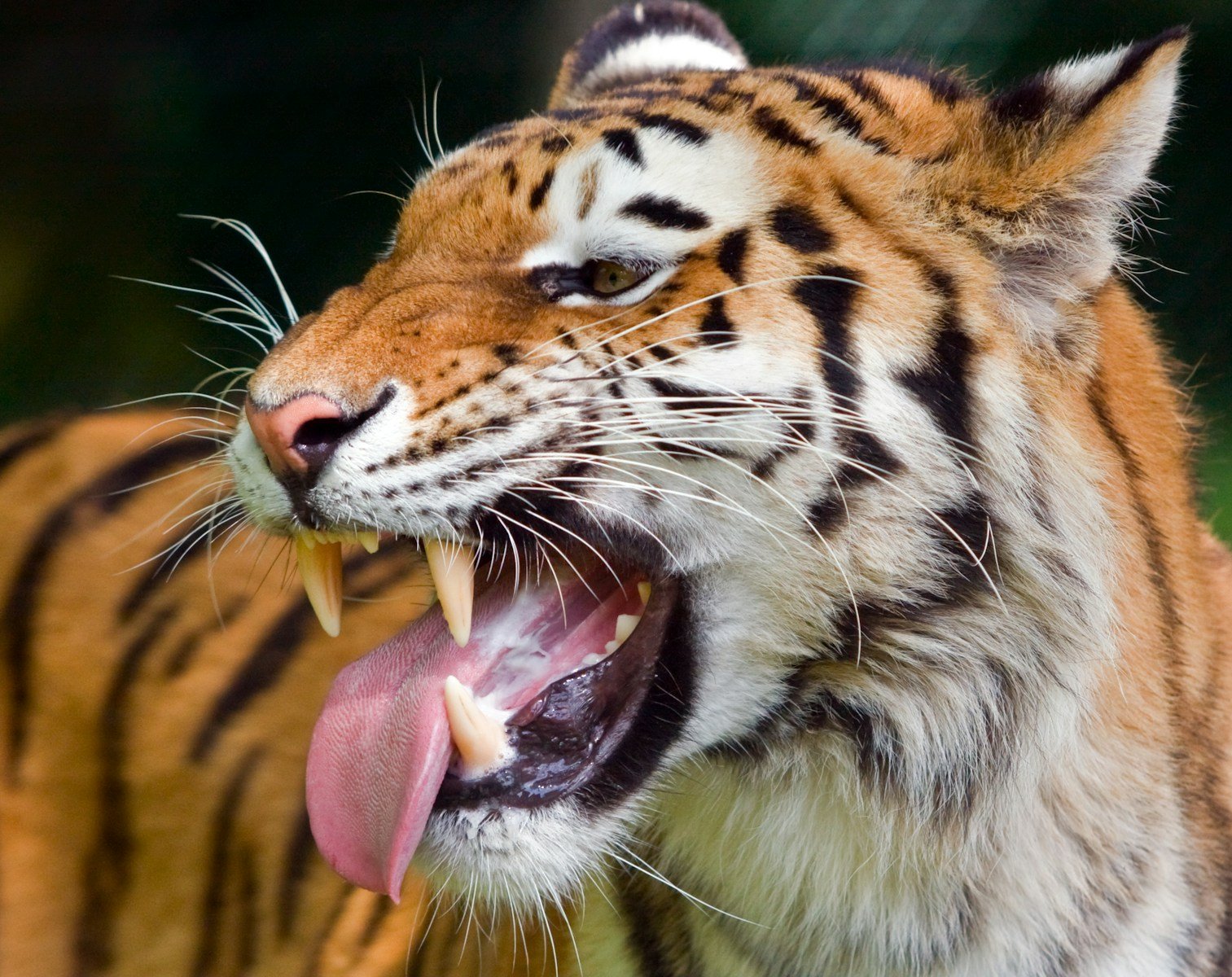
The illegal wildlife trade not only affects wildlife populations but also undercuts legitimate business opportunities. When local economies lose potential tourism and legal trade earnings, they may become more susceptible to corruption and exploitation by poaching networks, perpetuating a cycle of illegal economic activity.
Community Engagement and Solutions
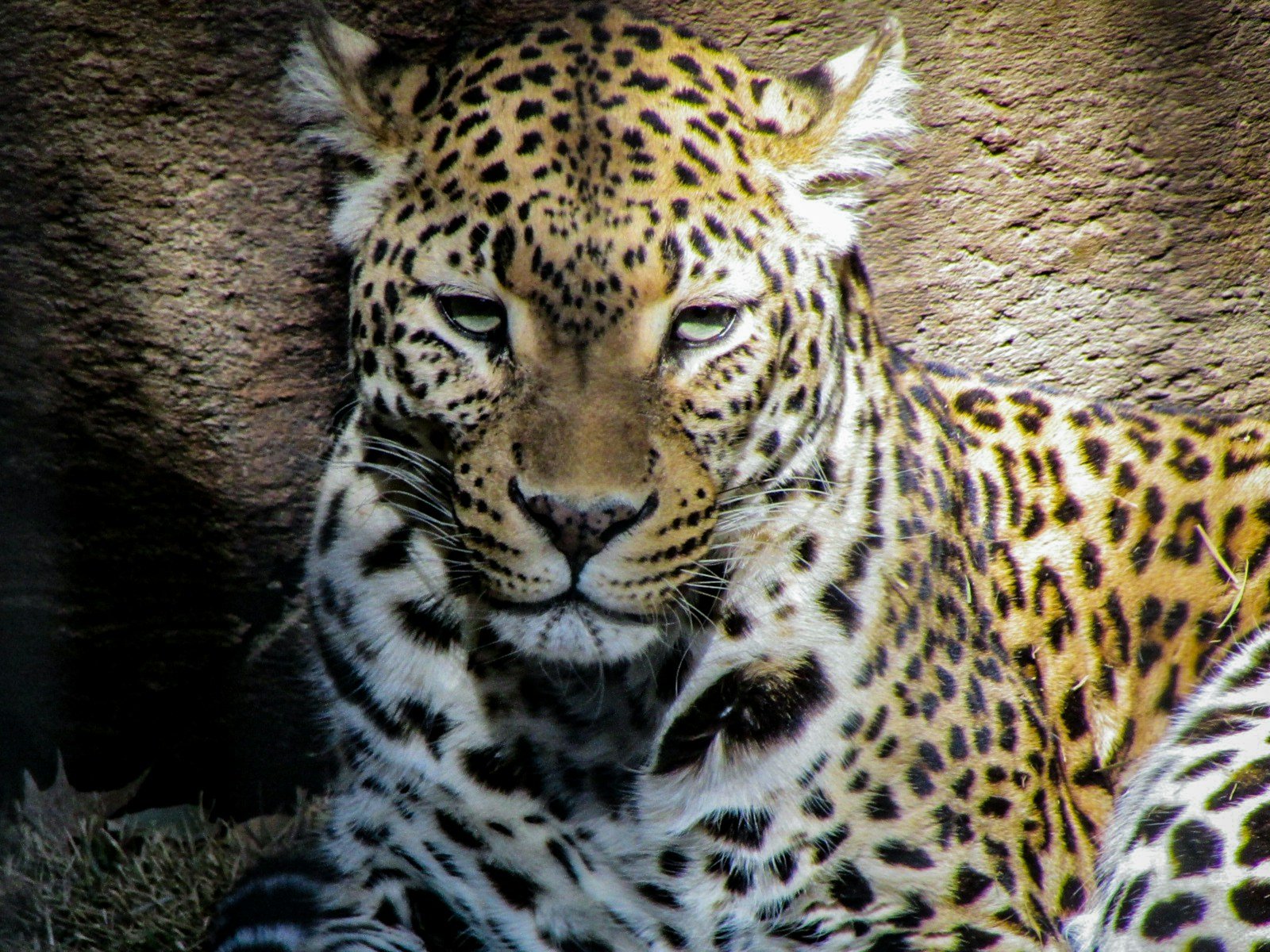
Community involvement is crucial in combating poaching. Local populations, when empowered and educated, play a vital role in conservation efforts. Initiatives that involve communities in sustainable touristic practices, conservation projects, and education can transform poachers into protectors and foster economic growth through alternative, legal means of income generation.
Conclusion
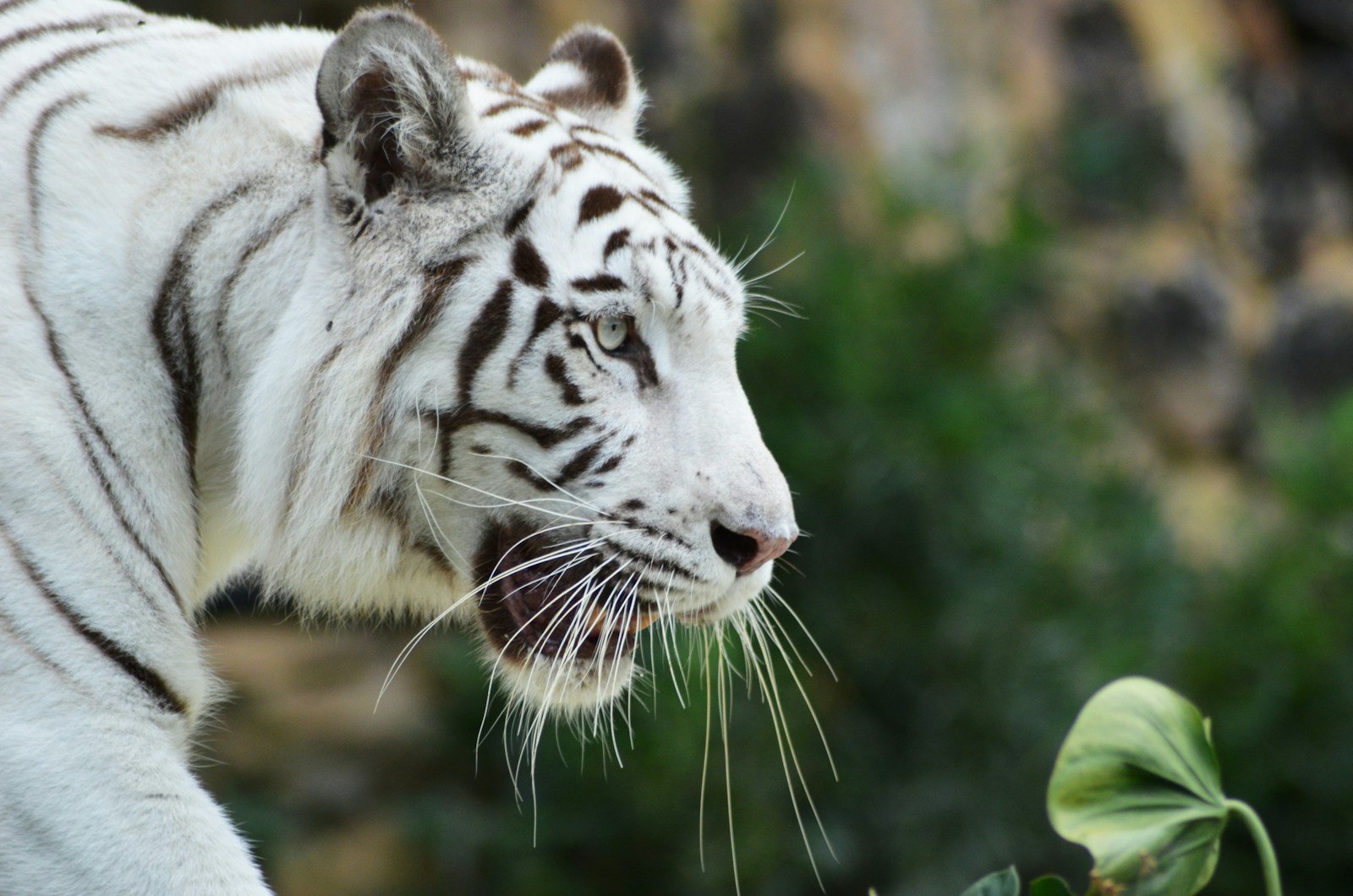
The battle against poaching is not only about saving majestic animals from extinction; it is about preserving and bolstering the economic lifelines of communities that depend on these animals. A robust approach that combines strict law enforcement, community engagement, and sustainable economic opportunities can curb poaching and help stabilize local economies. Protecting big cats and their habitats will thus safeguard not just biodiversity but also the livelihoods and futures of countless individuals.
Hi, I’m Bola, a passionate writer and creative strategist with a knack for crafting compelling content that educates, inspires, and connects. Over the years, I’ve honed my skills across various writing fields, including content creation, copywriting, online course development, and video scriptwriting.
When I’m not at my desk, you’ll find me exploring new ideas, reading books, or brainstorming creative ways to solve challenges. I believe that words have the power to transform, and I’m here to help you leverage that power for success.
Thanks for stopping by, Keep coming to this website to checkout new articles form me. You’d always love it!






